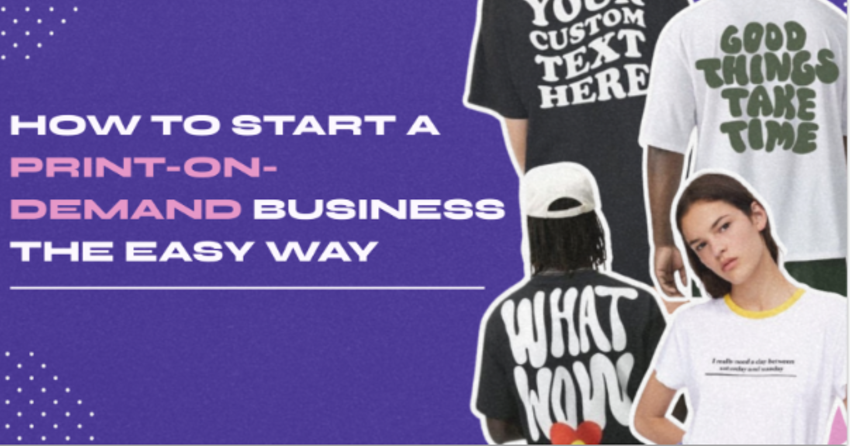Inside this Article
Templates
Webflow Has More Templates, But They Aren’t All Free
When it comes to templates, more is usually better. But quantity matters less for advanced website builders like Webflow and Editor X, which are meant for designing highly custom sites, often from scratch. Still, if you prefer to work on an existing design, Webflow offers over a thousand templates across 16 categories.

Features and Ease of Use
Editor X Combines Powerful Features with Smooth Drag-and-Drop Editing
Webflow and Editor X are fairly complex builders, but Editor X is much easier to use. It has flexbox-based layout tools like grids, layouters, and repeaters to help you build complex yet responsive site sections quickly. In the Compositions tab, you’ll even find entire pre-designed sections you can adapt and incorporate into your own design. Both Editor X and Webflow let you drag elements from an Add panel to your canvas. However, only Editor X will let you position elements anywhere you like. Webflow is more rigid, forcing you to enter the exact dimensions of your elements manually.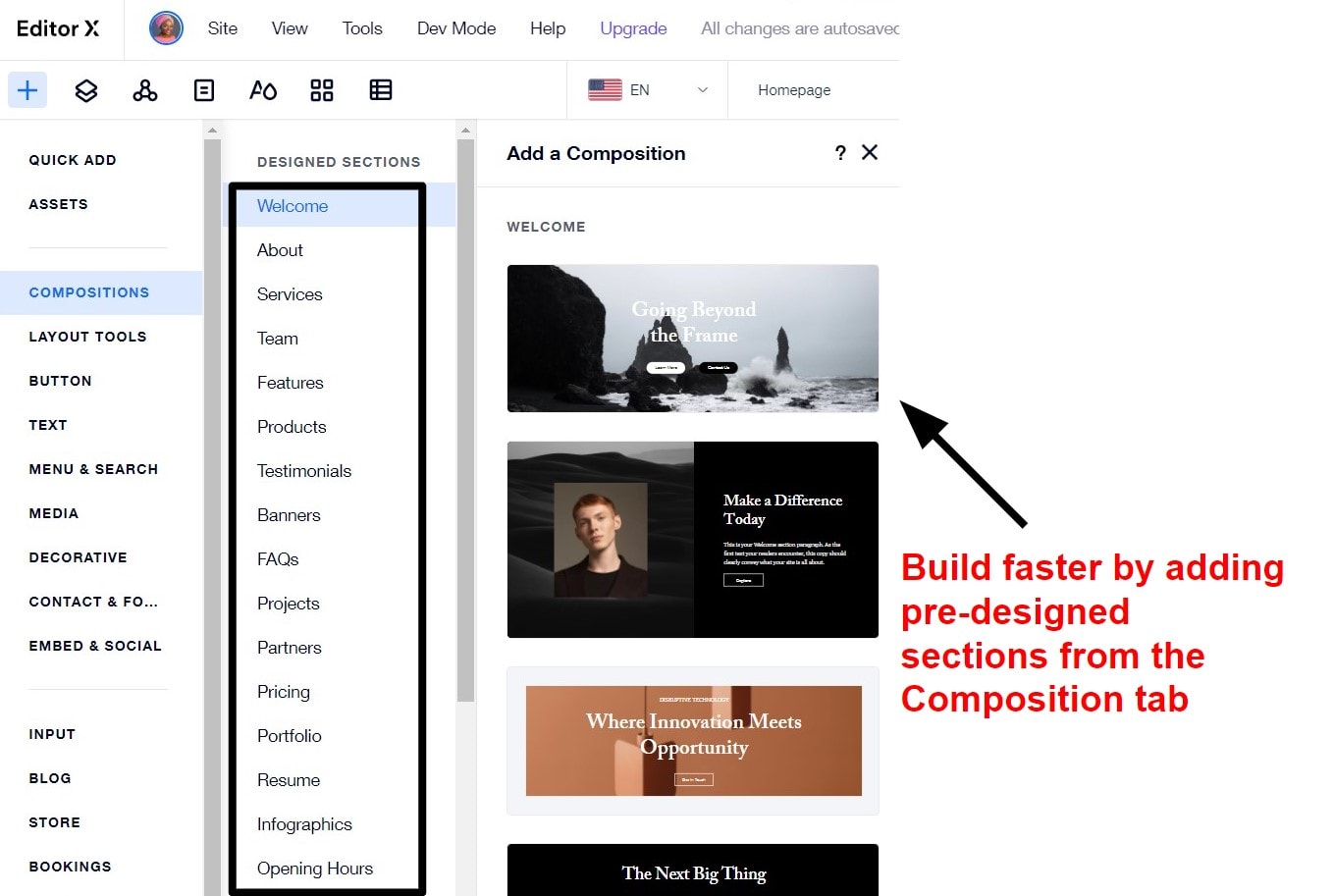
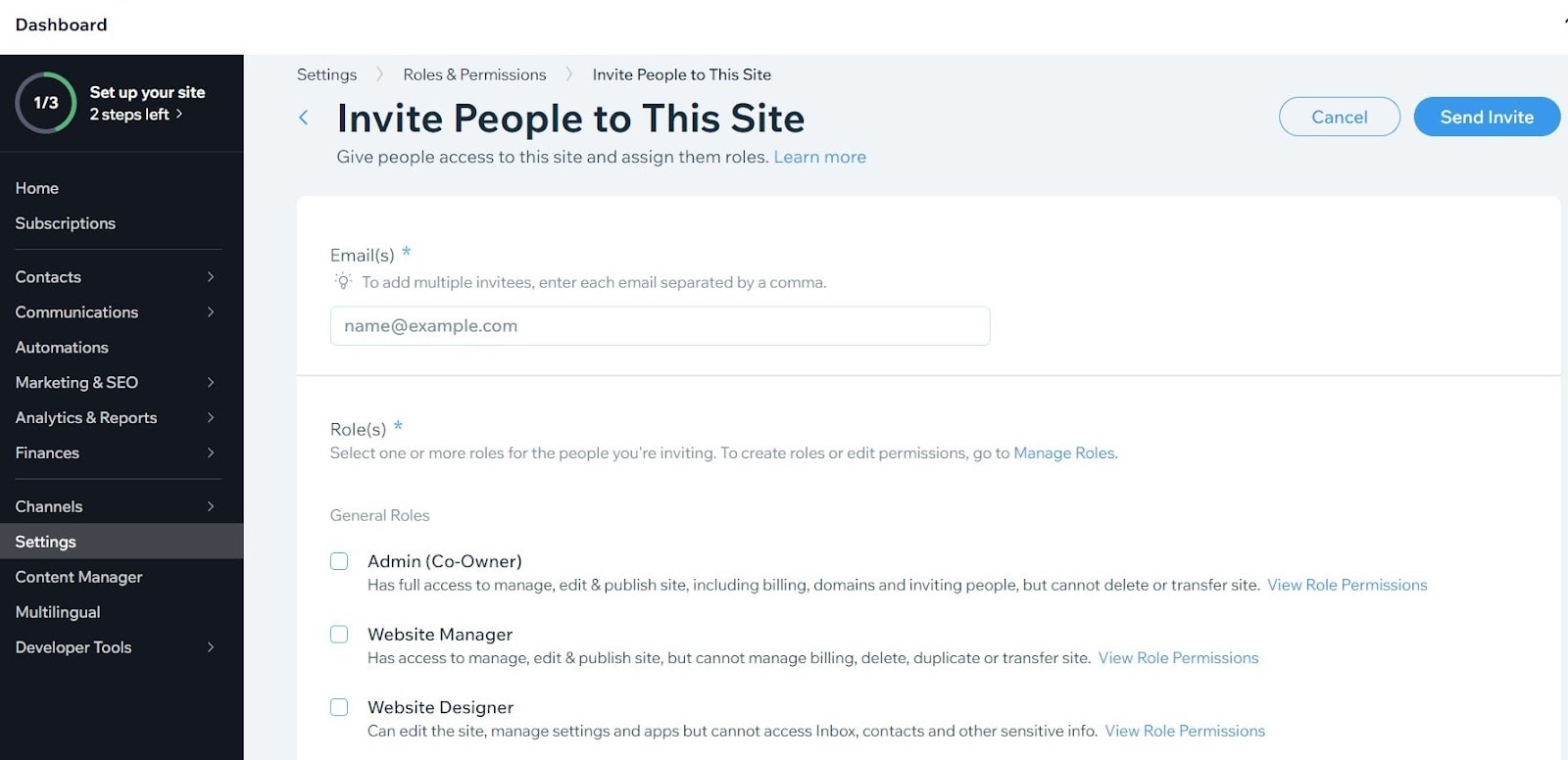
Apps
Editor X Has Tons of Apps; Webflow Doesn’t
Editor X inherits many Wix features, including the Wix App Market. From here, you can add 300+ apps to your Editor X site, many of which are free. From analytics to shipping tools, the options for extending your site’s functionality are virtually endless. And if you want to build custom features with JavaScript, you can always turn on Dev Mode.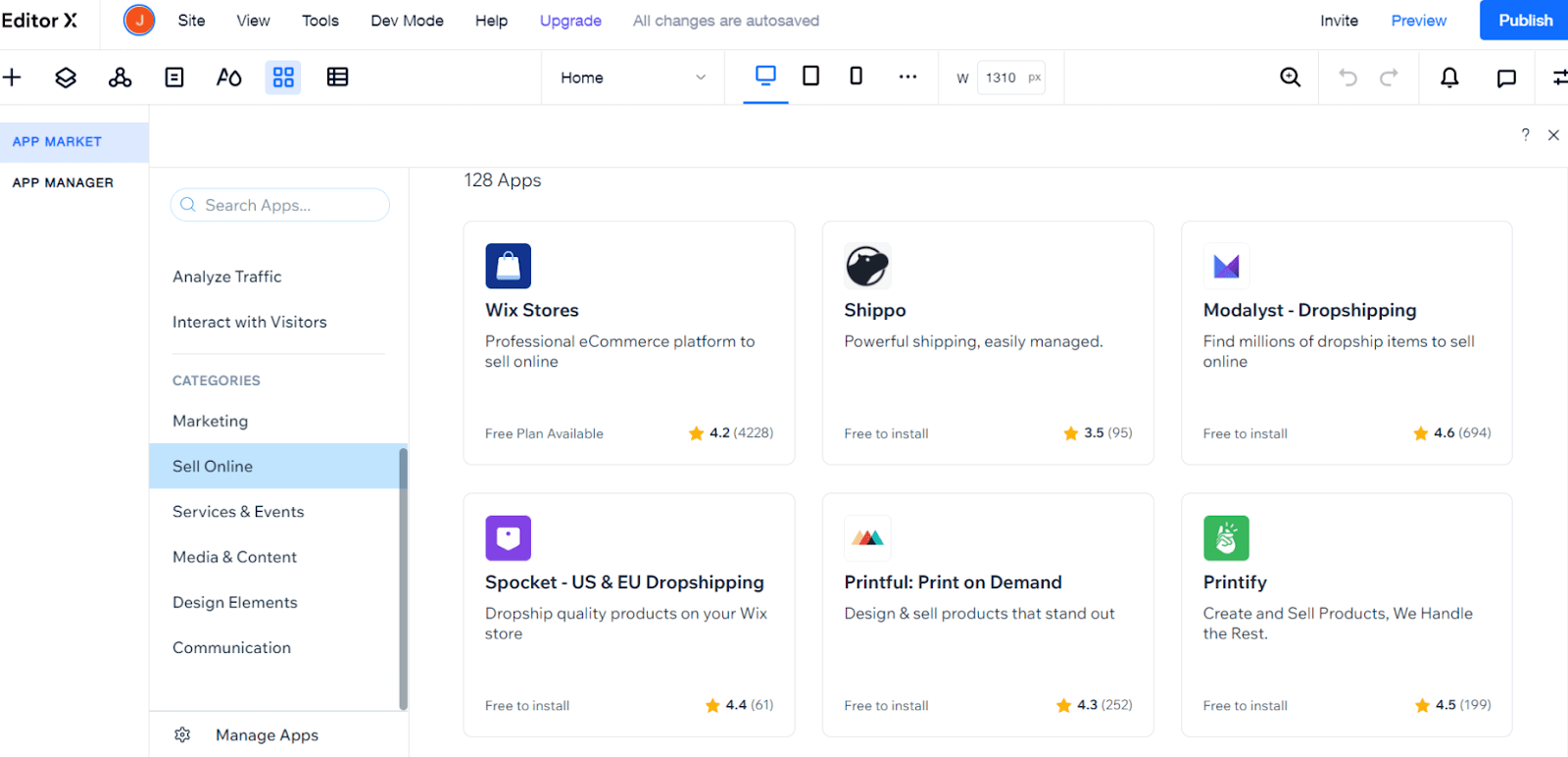

Short on time?
Take this one-minute quiz to learn which website builders are best for your project.
Blogging
Webflow Lacks Some Essential Blogging Features
On Webflow, you can create blog posts as collection items. But while Webflow’s CMS helps you manage your content, it’s hard to customize the look of individual posts. There are workarounds to this, but they involve writing custom code and constant tinkering. This can be a nightmare for designers trying to stay away from code. It doesn’t help that Webflow’s content editor offers no way to resize and optimize blog images. And did I mention you have to upgrade to a CMS hosting plan if you want to schedule blog posts? Editor X offers all this for free, plus a ton of other useful blog features – archives, RSS feed, tags, category post count, you name it. Again, all you have to do is drag and drop.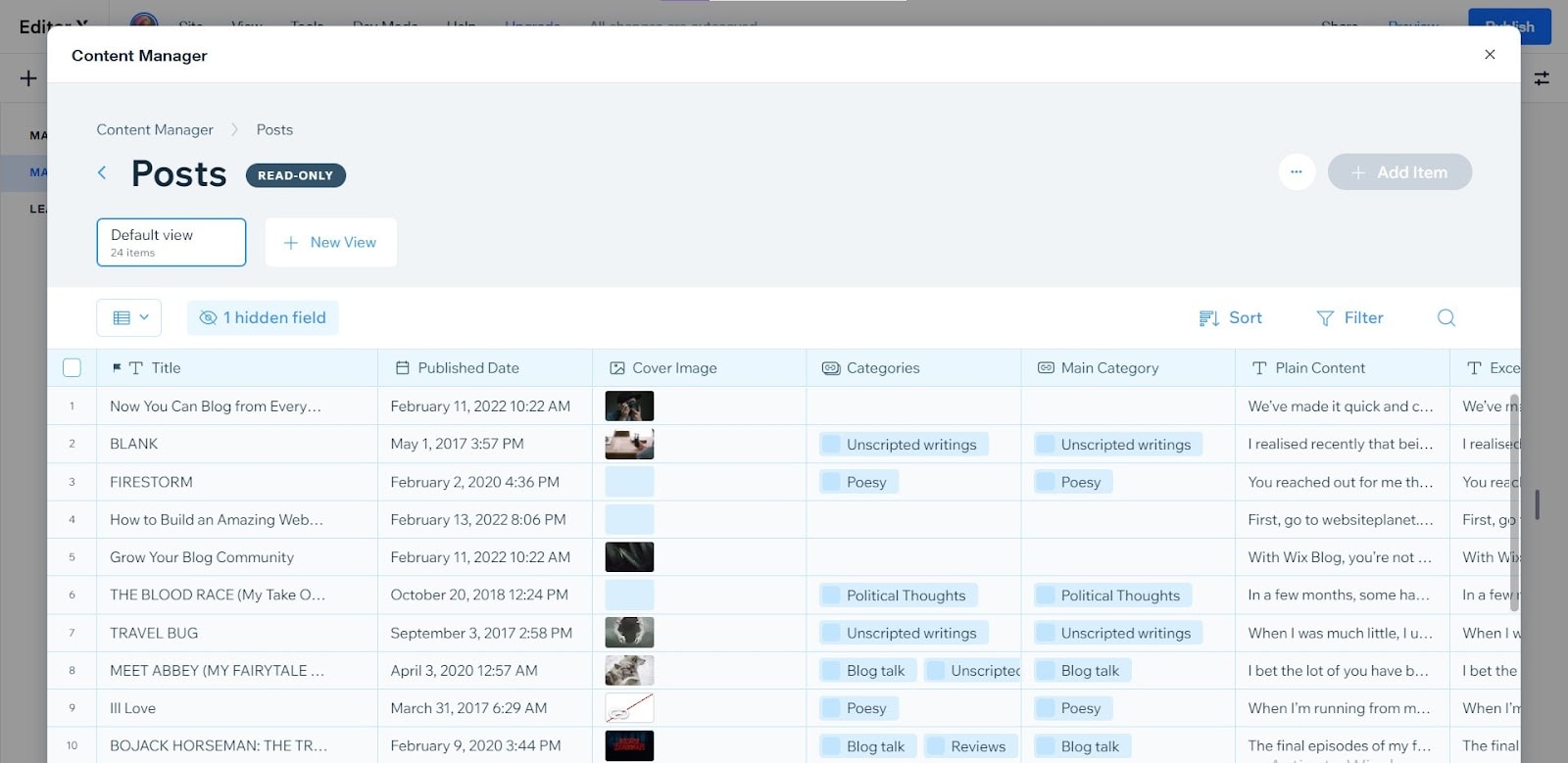
E-Commerce
Editor X Has the More Impressive Suite of E-Commerce Tools
You can create an online store for free with Webflow or Editor X, but you’ll have to upgrade to an e-commerce plan to start accepting online payments on either platform. Managing your inventory and customizing your cart is easy with both builders. The real differences show up in what you get with their various plans. For example, Editor X lets you add unlimited products on all its e-commerce plans, whereas even Webflow’s highest-tier plan limits you to three thousand items. And unlike Editor X, Webflow charges a 2% transaction fee on its Standard plan. Another disadvantage of Webflow is that it only supports a few payment providers (Stripe, Apple Pay, and PayPal), limiting your options when selling internationally. In contrast, Editor X lets you accept payments through 60+ international providers, enabling you to sell and receive payments from practically anywhere.
SEO
Both Editor X and Webflow Have Strong SEO Capabilities
Editor X and Webflow both offer advanced SEO features. For example, each let you assign heading tags (from H1-H6), set metadata, and even create schema markups to improve your site’s visibility on search engine results pages. Though their features are broadly comparable, Editor X offers better guidance on how to improve your site’s SEO. This includes a checklist that recommends sitewide SEO improvements, optimized XML sitemaps, and more.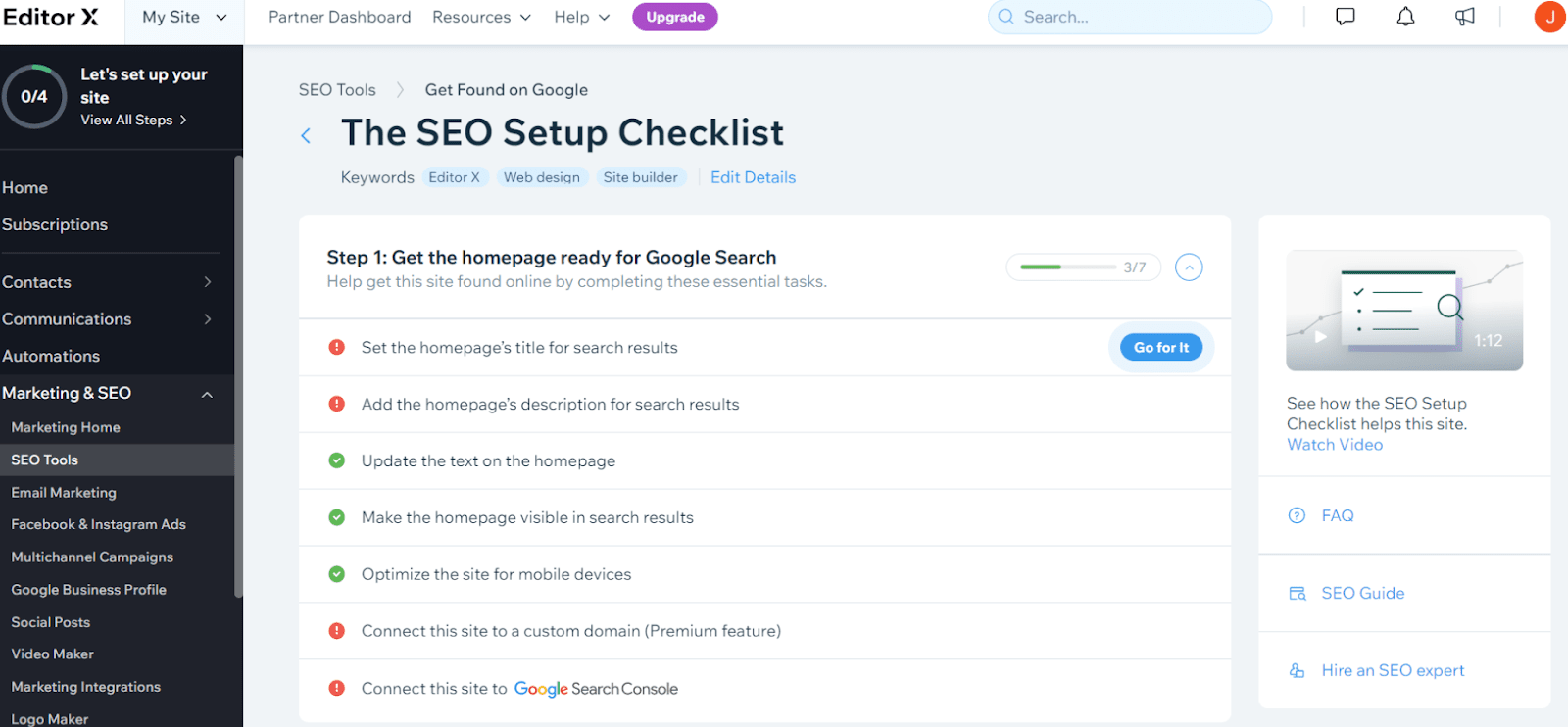
Pricing
Webflow and Editor X Have Similarly Priced Plans, But Webflow’s are More Confusing
Editor X and Webflow offer similar plans, but Editor X offers more features at slightly cheaper rates (more on that below). I also found Webflow’s pricing model to be excessively complicated. You’ll soon see why. Both platforms start users off with a free account. But things get interesting with the paid plans. Editor X offers 3 “Website” and 3 “Business/E-commerce” plans. What mostly differentiates these is – you guessed it – their e-commerce functionality. Webflow has 3 plan categories: Site Plans, E-commerce plans, and Workspace plans. Phew. Here’s how they break down:- Site plans – These are subscriptions taken out on a per-site basis. They let you publish your site to a custom domain, access Webflow CMS, and invite clients and teammates to update content in the Editor.
- E-commerce plans – These are the same as site plans, but with added e-commerce functionality.
- Workspace plans (formerly Account plans) – These are aimed at agencies and teams. They let you add up to nine teammates, assign roles and permissions, and create more than 2 projects (the default limit).
Here’s What You Get for Free
While both Editor X and Webflow will let you create a site for free, Editor X’s free plan gives you a lot more features. It lets you build an unlimited number of sites, and you’ll have access to all its design functions: CSS grid layouts, custom breakpoints, collaborator seats, the works. You can also set up e-commerce, a blog, a members area, SEO, and marketing tools, all for free (though you’ll need to upgrade to unlock certain functions, like accepting online payments). Webflow makes you want to upgrade to a paid plan faster, especially if you work in a team. With the free plan, you only get support for a single user, 1GB bandwidth, a max of 50 CMS items, and two (unhosted) sites. Another downside is that Webflow only lets you embed code if you’re on a hosting plan. This means you can’t add third-party plugins or custom features. Even on its free plan, Editor X lets you embed third-party integrations and use Dev Mode to add custom features to your site.Here’s What You Get If You Pay
On both platforms, paid plans let you remove Editor X or Webflow branding, link custom domains, and get free SSL certificates. In addition, Editor X gives you a free domain voucher on annual plans. Admittedly, Editor X and Webflow plans are more expensive than those offered by many less advanced builders. This can be forgiven, though, given the larger number of advanced customization options they pack and the higher standard of performance they deliver. Still, Editor X plans offer the better value of the two. Its Launch plan is particularly impressive, costing just $22.00/month for access to all Editor X advanced tools, plus most e-commerce functions. All Editor X plans also come with a 14-day money-back guarantee. As for Webflow, if you’re looking to host a single site, you’ll get the best value by combining the Starter workspace plan with the CMS site plan. This will unlock Webflow’s more advanced design features and let you add up to 2,000 collection items. (You’ll need to upgrade to the Core workspace plan to add custom code). The table below compares the cheapest paid plans offered by each builder, so you can decide for yourself which offers better value.| Editor X | Webflow | |
|---|---|---|
| Starting Price (annual plan) | $17.00 | $15.00 |
| Custom domain and free domain for one year | Yes | Yes, but no free domain |
| Free SSL | Yes | Yes |
| Custom code | Yes | Yes |
| Collaborators | Unlimited | 3 (access to Editor only) |
| CMS items | Unlimited | 2000 |
| Customer support | 24/7 customer care | Email during business hours |
Support
Webflow Has A Great Forum But Slower Customer Support
If you like to find solutions through forums and video tutorials, Webflow will deliver. But if you’d rather speak to contact agents directly via the usual support channels, you’ll find Webflow lacking. It only provides email support (06:00 to 18:00, mon-fri). And even then, replies can take 1-2 business days. Meanwhile, Editor X offers 24/7 customer support via live chat, tickets, and callbacks. Even though you probably won’t need to, it’s nice to know you have plenty of ways to contact an Editor X support professional. To test the live chat service myself, I asked whether Editor X charges transaction fees on e-commerce sales. It took less than 20 minutes for me to be put through to an Editor X support agent. I then asked a bunch of other questions and received clear and helpful answers to all of them.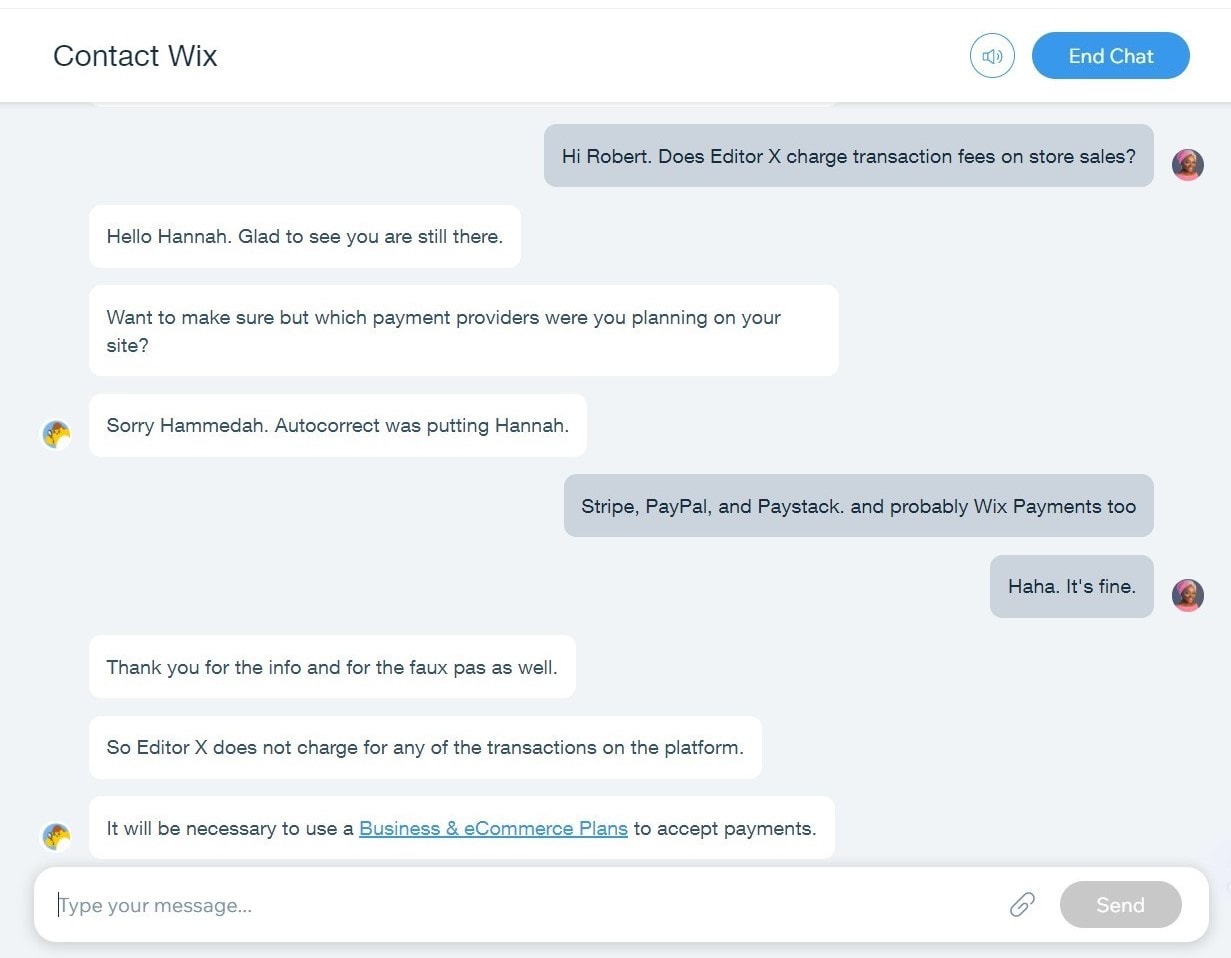

Editor X Fuses Figma-like Collaboration with Fluid Web Design
Editor X is built for designers, with features like concurrent editing, real-time commenting, and easy site transfer. It also comes with cutting-edge design tech like CSS grids and Flexbox-based layouts, and it lets you design across breakpoints with drag-and-drop editing. Building complex and responsive websites becomes effortless without the need to write a single line of code. However, if you desire, you can always utilize Dev Mode to craft custom interactions and designs. Webflow is harder to master than Editor X. You’ll also need to pay to access features Editor X gives you for free, and even then you’ll have to make do with fewer apps, blogging tools, and e-commerce features. Still, if you have coding experience or are happy to learn, Webflow gives you lots of freedom to create a custom site. If instead you want to build a responsive, professional website as quickly and easily as possible,Editor X is the builder to go with.Editor X
Webflow
Templates
35 free, fully-customizable templates.
Over one thousand fully responsive templates. (Most cost extra).
Features & Ease of Use
Fluid drag-and-drop editing, advanced customization, impressive collaboration tools.
Design multiple sections and elements at once, advanced customization on paid plans, limited collaboration tools.
Apps
Integrate 300+ apps directly from the Wix App Market (some aren’t yet Editor X compatible).
No app market but third-party integrations available.
Blogging
In-editor tools for basic blogging, fully-featured Content Manager for more complex projects.
Blog entries added as dynamic content using Webflow CMS. Customizing posts requires coding.
E-Commerce
Impressive e-commerce features, no transaction fees, access to 60+ payments providers.
Decent e-commerce features, access to 3 payment providers, 2% transaction fee on Standard plan.
SEO
Set heading tags, meta title, and descriptions. Create sitewide SEO patterns or edit SEO page by page.
Audit panel checks for performance and accessibility issues. SEO info is easy to add from page settings.
Pricing
6 plans across 2 categories. Annual plans have a 14-day money-back guarantee and free domain for one year.
9 plans across 3 categories (plus a custom price Enterprise plan). Need for both a workplace plan and a site plan to co-design and publish a site.
Support
- 24/7 Live chat
- Callback
- Ticket
- Community forum
- Help center
- Email (business hours only)
- Community forum
- Help center










